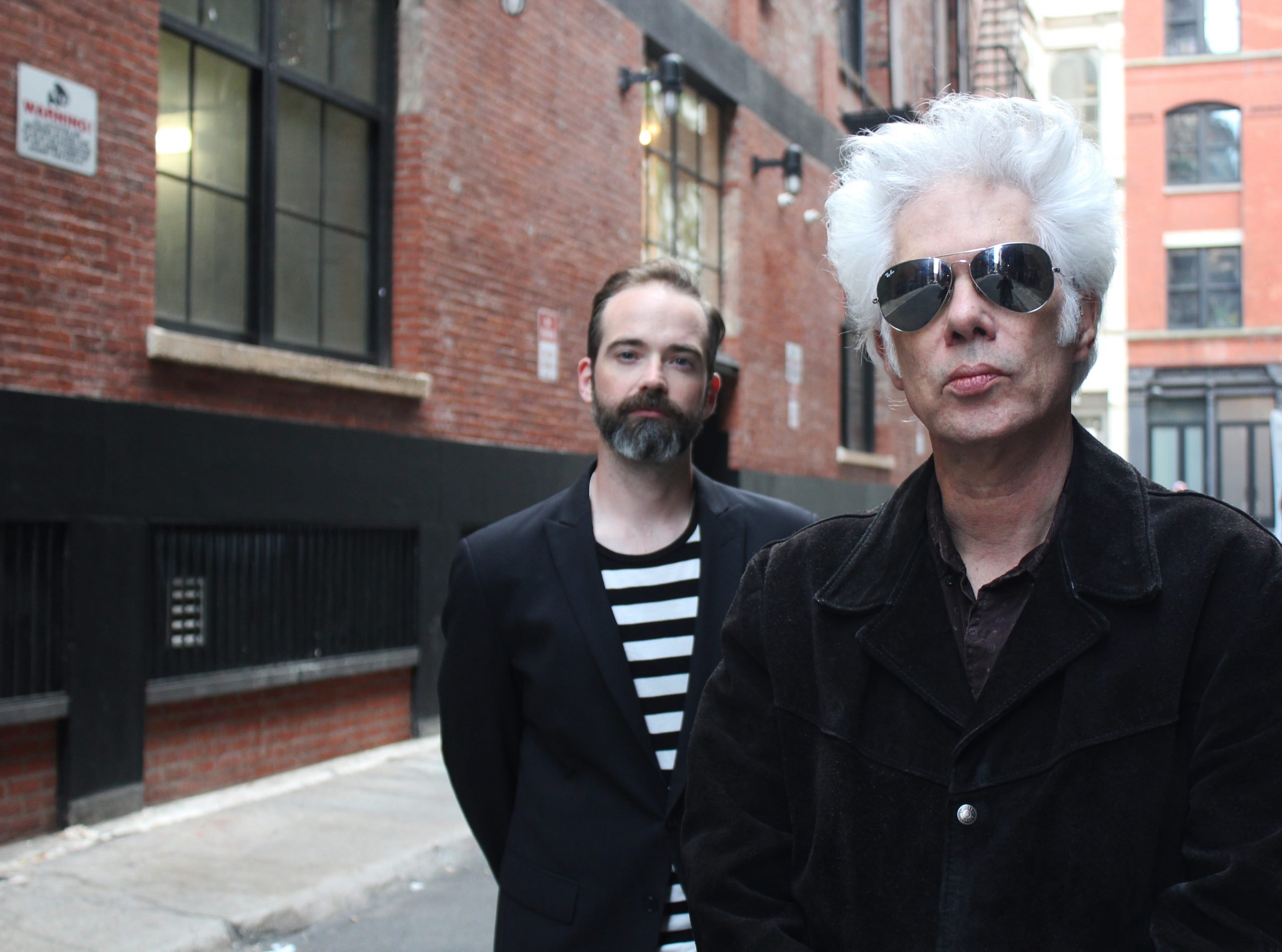
When a teenage girl gave cult favorite filmmaker Jim Jarmusch an order, he listened. As a result, four newly restored silent films by the artist Man Ray will hit theaters this spring with a drone rock score by SQÜRL, the duo made up of Jarmusch and another musician-filmmaker, Carter Logan.
In a recent New York Film Festival discussion, Jarmusch revealed that film producer Jean Labadie’s then-teenage daughter Alice, made him do it. He and his collaborator had both been deeply affected by Surrealism and Dada as teenagers, he said, so the order made sense. The duo has been performing the music at live screenings for several years, with the blessing of the artist’s estate, and the version with their contribution as a soundtrack was screened at Cannes last year.
Still from Man Ray, L’Étoile de mer (1928). © Man Ray 2015 Trust/ADAGP, Paris 2023
Now, the four films, which total an hourlong program, will appear at New York’s IFC Center on May 15, with national appearances to follow. Made in 1923, Le Retour à la raison (Return to Reason) was Man Ray’s first film, and was restored in 4K on the occasion of its centenary.
He would go on to make Emak-Bakia (1926), L’Étoile de mer (The Starfish, 1928), and Les Mystères du château du Dé (The Mysteries of the Chateau of Dice, 1929). While he made films with other artists, like Marcel Duchamp and Fernand Léger, these are his only solo film productions.
Still from Man Ray, Emak-Bakia (1926). © Man Ray 2015 Trust/ADAGP, Paris 2023
The films contain plenty of dreamlike, abstract imagery, as well as ambiguous narrative sequences. Some are interspersed with lines of poetry, like “Women’s teeth are objects so charming that one ought to see them only in a dream or in the instant of love,” and “You must beat the dead while they are cold.” Les Mystères contains the titular line from Stéphane Mallarmé’s famous poem, “A throw of dice never will abolish chance.”
Still from Man Ray, Les Mystères du château du Dé (1929). © Man Ray 2015 Trust/ADAGP, Paris 2023
In Retour à la Raison appears the striking image of a woman’s naked torso by a window, modeled by cabaret performer Kiki de Montparnasse. That and other stills from the film appeared in print in places such as the key avant-garde journal La Révolution surréaliste.
The ambient musical accompaniment, with Carter on electronic instruments, percussion and drums, and Jarmusch on electronics and electric guitar (with a generous helping of feedback), provides a fitting ambient complement to the imagery.
The artists and the musicians have a few things in common, Jarmusch said at the NYFF discussion. Surrealism, he pointed out, is partly a liberation of the mind through things like dreams or even mental illness, and the musicians are similarly interested in freeing the mind, in their case through drugs like psychedelic mushrooms.
The restoration process was truly a group effort, led by creative production company Womanray and French film production company Cinenovo, who obtained original prints from around the globe, in partnership with La Cinémathèque française, the Centre Pompidou in Paris, the Library of Congress in Washington, D.C., the French CNC, and Cineteca di Bologna.